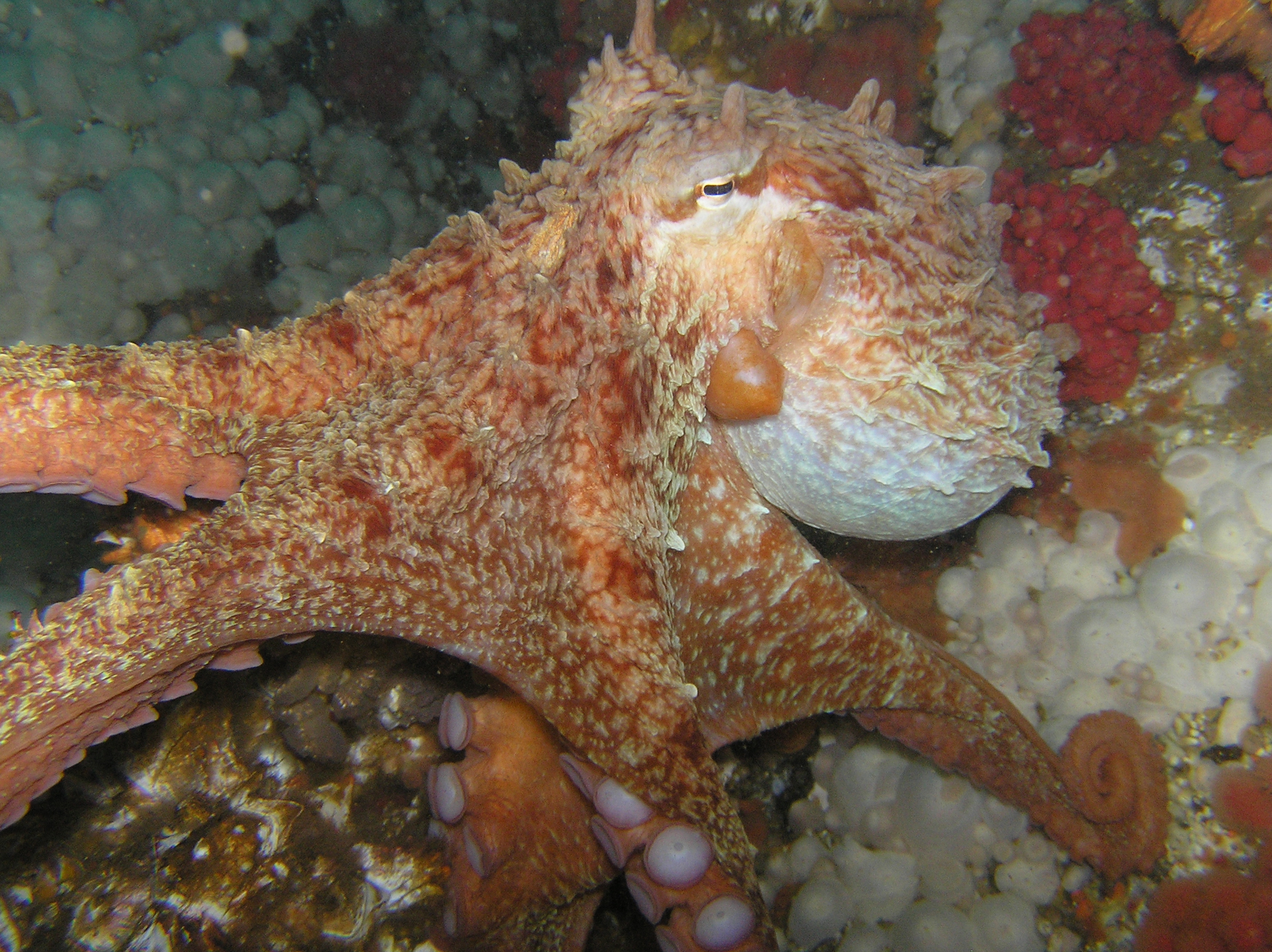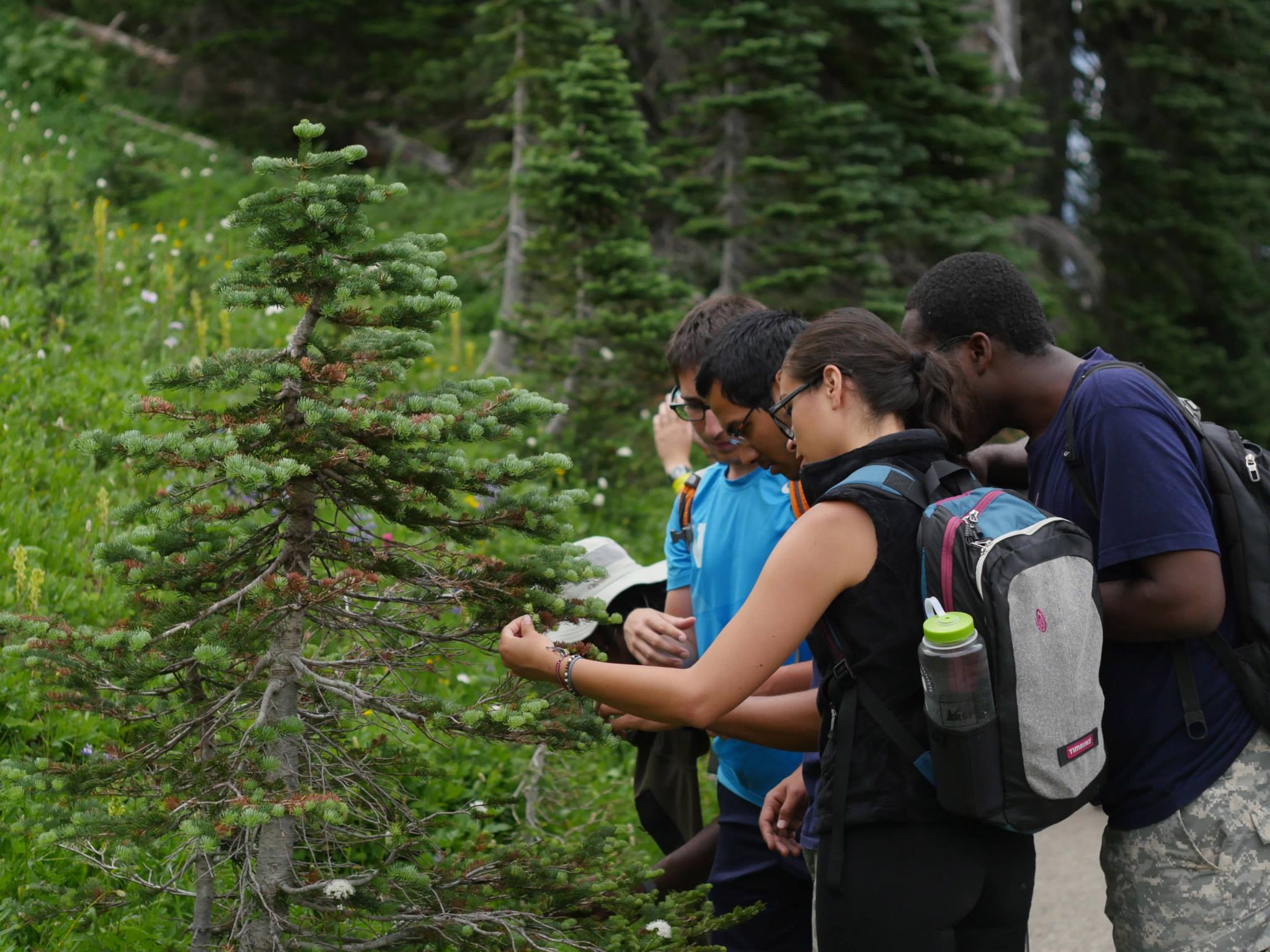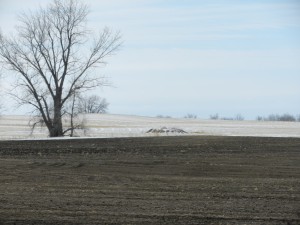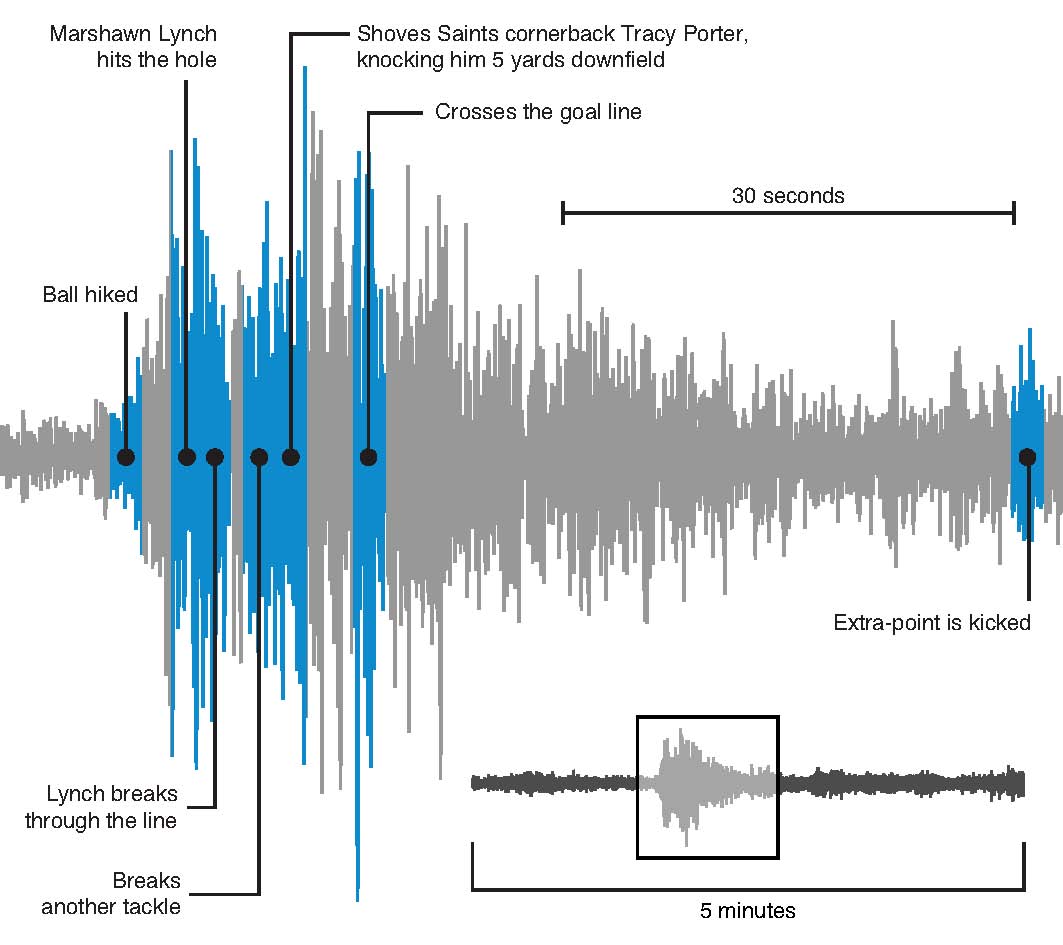From blue whales and great white sharks to leatherback turtles, colossal squid, and giant clams, a paper published this week in the journal PeerJ looks at the true size of the ocean’s largest marine species. A team of scientists, including Aquatic and Fishery Sciences’ Trevor Branch, lead the charge aimed at addressing the challenges associated with accurately measuring and cataloging the largest animals in the sea.
Read more at UW Today »College of the Environment launches new Outstanding Diversity Commitment Award
Diversity is more than a word, more than an ideal, and more than the attainment of a particular quantifiable goal. Diversity is the realization of difference and inequity, as well as an understanding of power and privilege. Heightened diversity is nourished through inclusion, the desire to create equal opportunities for all, and the understanding that a diverse community is stronger, richer, and more sustainable than one that actively or passively excludes people who are different.
Read more »Epic survey finds regional patterns of soot and dirt on North American snow
Snow is not as white as it looks. Mixed in with the reflective flakes are tiny, dark particles of pollution. University of Washington scientists recently published the first large-scale survey of impurities in North American snow, to see whether they might absorb enough sunlight to speed melt rates and influence climate. The results, published in the Journal of Geophysical Research, show that North American snow away from cities is similar to Arctic snow in many places, with more pollution in the U.S.
Read more at UW Today »How the ‘Beast Quake’ is helping scientists track real earthquakes
It’s not just the football players who have spent a year training. University of Washington seismologists will again be monitoring the ground-shaking cheers of Seahawks fans, this year with a bigger team, better technology and faster response times. Scientists with the Pacific Northwest Seismic Network will install instruments this Thursday to provide real-time monitoring of the stadium’s movement during the 2015 NFL playoffs.
Read more at UW Today »Humans adding ‘fossil’ carbon to rivers
New research from the School of Environmental and Forest Sciences suggests that the choices we make about how we use our lands —such as for agriculture or development—has an impact on a landscape’s ability to effectively store carbon. Published in Nature Geoscience, the authors find that disturbance reintroduces carbon that is locked up on land back into the carbon cycle, often through runoff that deposits it into our rivers and wetlands.
Read more on the SEFS Blog »





